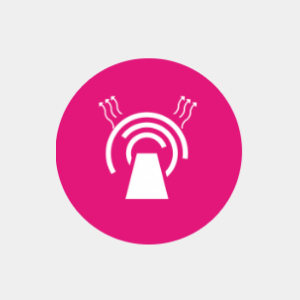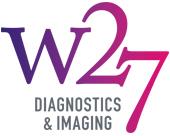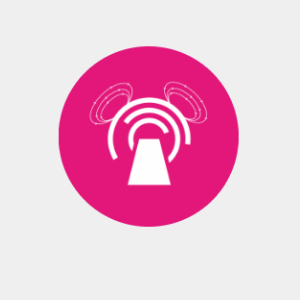Radiology testing is any kind of imaging technique that is used to diagnose or treat disease. Different types of imaging techniques are used depending on the suspected problem. If you are having a radiology test, here’s what to expect and how to prepare for the procedure:
X-ray
X-rays are used to diagnose suspected bone fractures and dislocations, calcification in tendons, arthritis, and to assess joint alignments, inflammation and infection.
Preparation:
There is no special preparation for an X-ray for musculoskeletal diagnosis. You do not need to stop eating or drinking beforehand and you will be free to go as soon as the X-ray is complete.
During the X-ray you will need to keep still to allow the radiographer to obtain a clear image.
A number of X-rays will be taken from different angles to assist with diagnosis. Images will be sent to a specialist radiologist who will confirm a diagnosis so you can begin an appropriate course of treatment.
MRI scan
MRI (magnetic resonance imaging) scans are used to scan bones, joints, muscles, ligaments, tendons, tumours and the spine. They are used both to diagnose conditions and to monitor the effectiveness of treatment.
Preparation:
You will be able to eat and drink as normal before your scan unless you are advised otherwise. You will be asked to remove jewellery and anything metallic from your body and, depending on the reason for your scan, you may be given an injection of contrast dye into the affected joint or blood vessels.
This helps the radiologist to diagnose the problem more accurately. You may be given a sedative, in which case you will not be able to drive after the scan. However, not all types of MRI scan require a sedative so check your appointment letter.
Scans normally take 15-45 minutes and your radiologist will advise on what the scan shows within days of your test.
CT scan
 A CT (computerised tomography) scan is used to diagnose problems with internal organs, joints and bones and to monitor on-going issues, such as tumours. It can also be used to plan certain types of surgery, such as custom implants and even to guide treatment of some conditions, such as injections around nerve roots to alleviate pain.
A CT (computerised tomography) scan is used to diagnose problems with internal organs, joints and bones and to monitor on-going issues, such as tumours. It can also be used to plan certain types of surgery, such as custom implants and even to guide treatment of some conditions, such as injections around nerve roots to alleviate pain.
Preparation:
You will be able to eat and drink as normal before the procedure. During the scan, you will be injected with a special dye into the affected area so it is advisable not to drive or operate heavy machinery afterwards. During the scan you will lie on a bed that passes into the CT scanner, which rotates around your body.
You will need to lie very still to prevent the images from blurring and you may be asked to breathe in or out at certain points. The results of the scan will enable the radiographer to see what is causing your symptoms.
Ultrasound scan
An ultrasound scan is used to diagnose problems with tendons, ligaments and muscles, as well as inflammation, hernias, tumours and trapped nerves. It can also be used to guide radiologists during certain therapeutic procedures such as aspiration.
 Preparation:
Preparation:
Your appointment letter will explain any special preparations you need to make before your scan. Usually there is no significant preparation needed for musculoskeletal scans.
If your scan involves being given an injection containing local anaesthetic you should avoid driving or operating heavy machinery afterwards.
The scan will normally take 10-20 minutes. You will lie on a bed and the radiologist will place the ultrasound probe on your skin and move it around, with the help of a lubricating gel. This allows them to see live images of the bones, joints, tendons and ligaments.
Diagnostic scans are nothing to worry about, any risks are small and the benefit of obtaining an accurate diagnosis is that you will be able to embark on an immediate course of treatment to help you feel better.
If you would like more information about diagnostic testing or to book an appointment, contact us.











